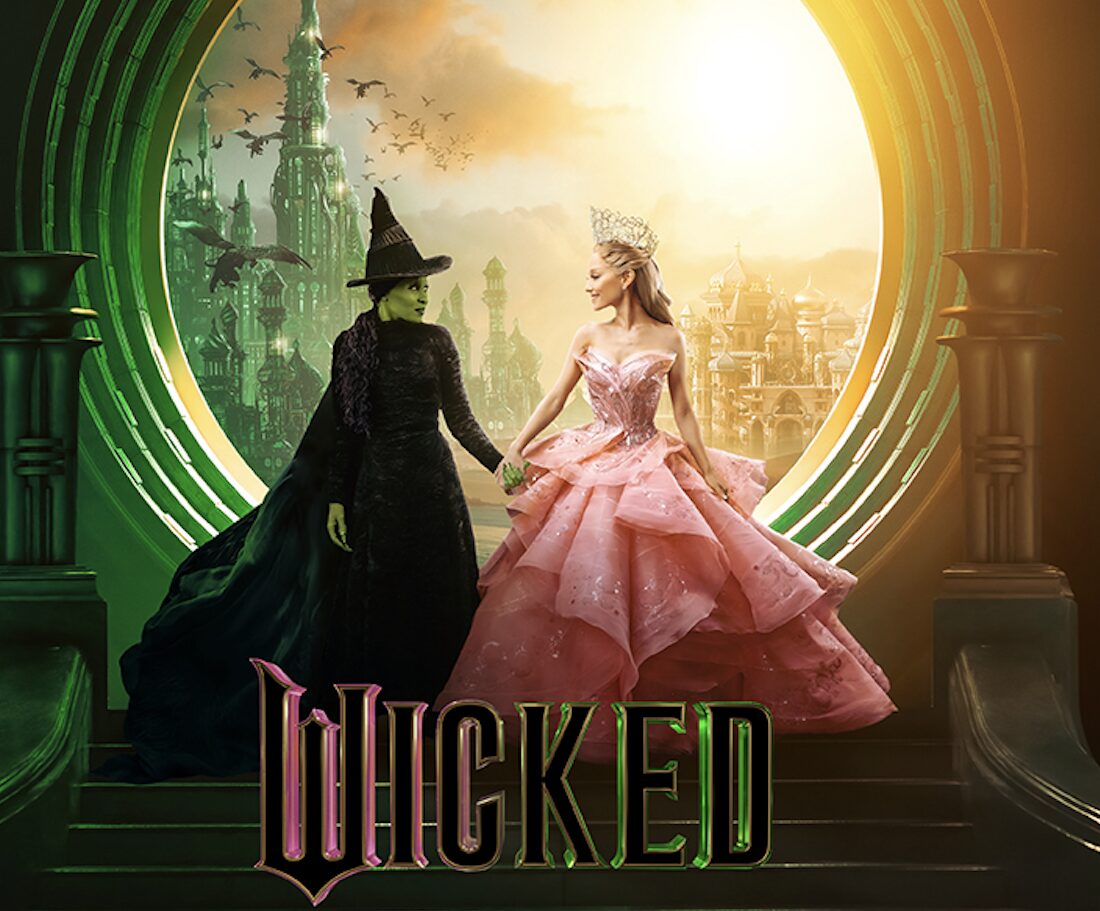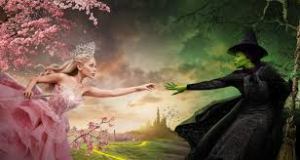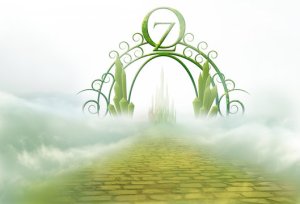SMOOSH JUICE
Turning Oz into Gothic Horror (or Grimdark Fantasy)

 Twisting the Yellow Brick Road into a Path of Madness and Moonlight
Twisting the Yellow Brick Road into a Path of Madness and Moonlight
Happy Easter for those celebrating. I thought it a little ironic that my schedule decided to do a Wicked inspired post on such a day, But you know what? Its written and I am going to go with it. I recently finished watching Wicked and I grew up with Wizard of Oz and even remmeber Return to Oz. There are also loads of books as wel, turns out it is over 40. So how can a land like Oz work for D&D? Once a land of whimsy and wonder, Oz has always held a shadow beneath its surface. From the haunting melancholy of Wicked to the bleak surrealism of Return to Oz, there’s a delicious darkness waiting to be awakened. For Dungeon Masters and worldbuilders, this presents a rich opportunity: reimagine Oz not as a children’s dream—but as a gothic nightmare. A fantasy realm where the emerald light is cold and cruel, and the lollipop guild sings dirges instead of lullabies.
Whether you’re crafting a campaign or designing a one-shot, here’s how to transform Oz into a Gothic Horror or Grimdark Fantasy setting worthy of the Raven Queen’s gaze.
🕯️ 1. Start With the Tone: Whimsy Gone Wrong
Oz is already weird. All you need to do is tilt the camera. In your version, beauty becomes uncanny. Familiarity becomes discomfort. The road still winds to the Emerald City—but now it’s cracked, overgrown, and sings when you walk on it.
Mood Guidelines:
-
The sky is always a little too pale or a little too dark.
-
Nothing is quite symmetrical. Objects smile back.
-
The color palette is rich, but wrong—decayed roses, tarnished gold, faded crimson.
Think: Tim Burton meets The Brothers Grimm meets Eldritch Fey.
🕷️ 2. Flip the Tropes
To lean into horror, take the iconic figures and places of Oz and give them a twisted reflection:
-
The Scarecrow rules a starving kingdom of cracked porcelain dolls, believing them to be his “citizens.”
-
The Tin Man keeps his heart in a jar—and swaps it with others to feel again.
-
The Cowardly Lion has become a beast of burden for a traveling witch-hunter. He whispers to his reflection when no one is looking.
-
Munchkinland is an endless village of crumbling gingerbread houses—candy now rotting, the inhabitants long since gone mad.
Even Dorothy—if she exists—has left a legacy. Or perhaps she never returned home, and now haunts the Yellow Brick Road as a wraith, luring travelers off the path.
🧪 3. Magical Realism Meets Madness
Magic in this Oz should feel alive, sentient, and untrustworthy.
-
Spells flicker and shift colors.
-
Talking animals speak in riddles—or only scream when spoken to.
-
Wishes have side effects, like changing your memories or rewriting the past.
-
Time loops subtly. Players wake up on the same day multiple times without realizing.
Add mechanics like madness tables, stress points, or corruption scores to reflect the psychological toll of being in a place that bends logic and spirit alike.
👑 4. The Emerald City as a Gothic Capital
No place in Oz embodies illusion more than the Emerald City. In your horror version:
-
The entire city is made of stained glass, casting eerie green light everywhere.
-
The citizens wear porcelain masks, required by law to hide their decay.
-
The Wizard? A lich kept alive by mirrors, who uses illusion to project the form of a smiling man in white.
This is a city of beauty and power—but it is cracked, hollow, and full of secrets.
⚔️ 5. Campaign & One-Shot Hooks
🎭 A Masquerade in Glass
The players receive mysterious invitations to a ball in the Emerald City. But no one knows who sent them. And no one is allowed to remove their masks…
🧩 Dorothy’s Puzzlebox
An artifact shaped like a mechanical dog (Toto) leads the party through increasingly twisted visions of the past. The only way forward is to “put things back how they were”—but doing so erases the present.
🫀 The Heart in the Forest
A witch offers the players power if they retrieve her heart—locked away by the Tin Man. It still beats. It’s still angry.
🕸 Winkie Wastes War
Two remaining witches (perhaps Elphaba’s twisted daughters) wage a psychic war for control of a corrupted Oz. The land itself suffers—rivers run backwards, forests burn with blue fire, and dreams kill.
🐚 6. Inspirations & Aesthetic Touchstones
-
Return to Oz – Wheelers, broken gnomes, and the headless Princess Mombi.
-
Wicked – Moral ambiguity, political injustice, and the cost of being “wicked.”
-
Pan’s Labyrinth – Fairy tales as brutal truth. Innocence lost.
-
The Witch – Fear of the unknown in a magical wilderness.
-
Bloodborne – Gothic rot, memory horror, and unknowable gods.
🕯️ Final Thoughts
Turning Oz into Gothic Horror isn’t about stripping the magic away—it’s about revealing the magic’s price. It’s about wonder and terror occupying the same space, like a cracked emerald that still gleams.
For players, it offers a rich emotional playground:
-
Do you trust the Scarecrow when he says he remembers you?
-
Do you follow the Yellow Brick Road, even though it’s screaming?
-
Will you wear the crown if it costs your name?
Oz isn’t safe anymore. But it’s unforgettable. Thanks for reading. Until Next Time, Stay Nerdy!!
